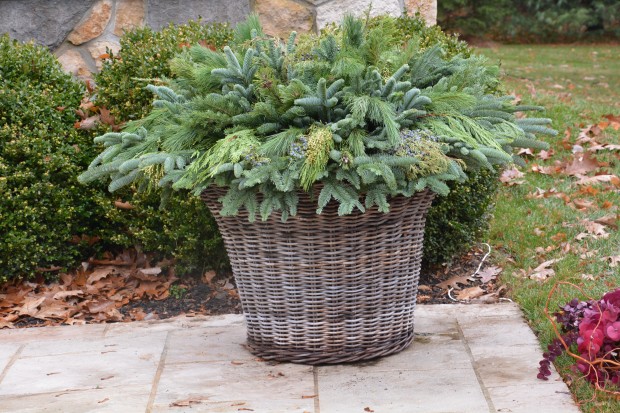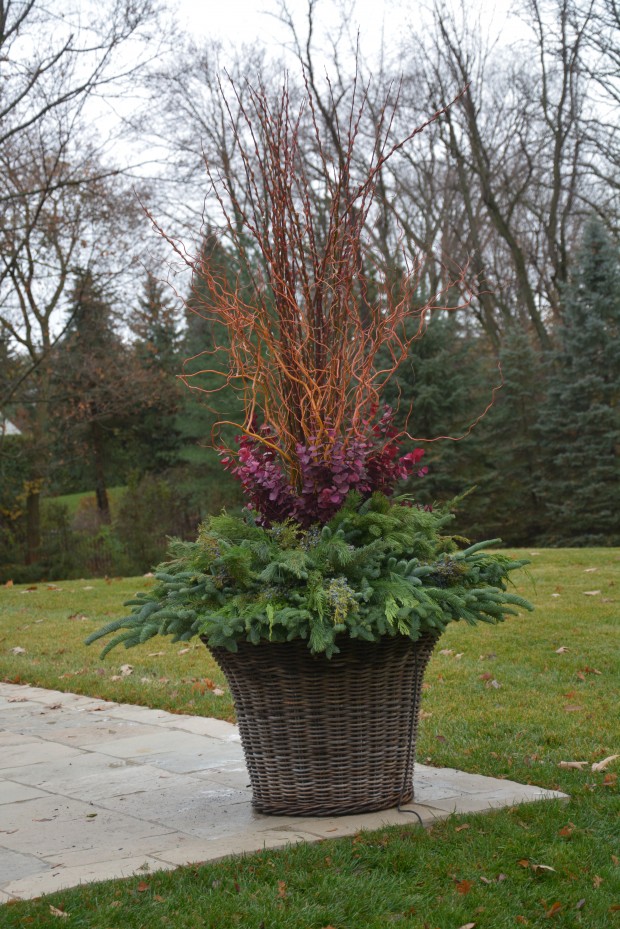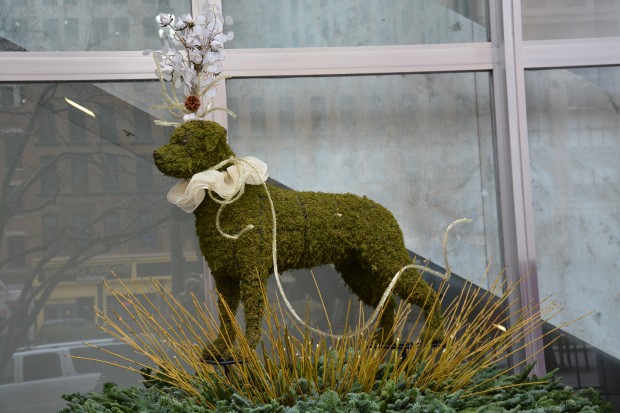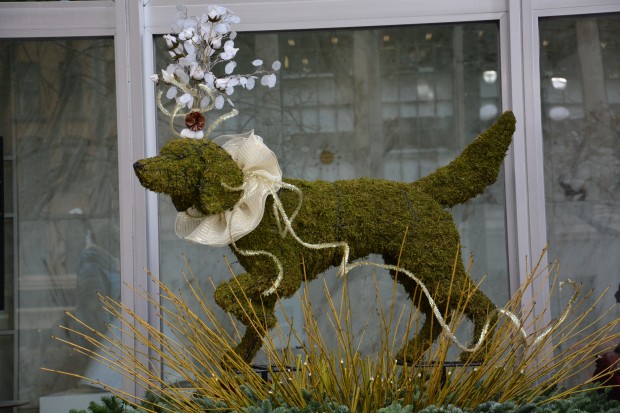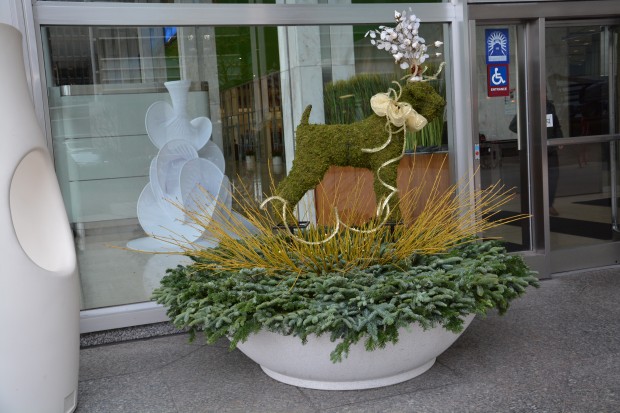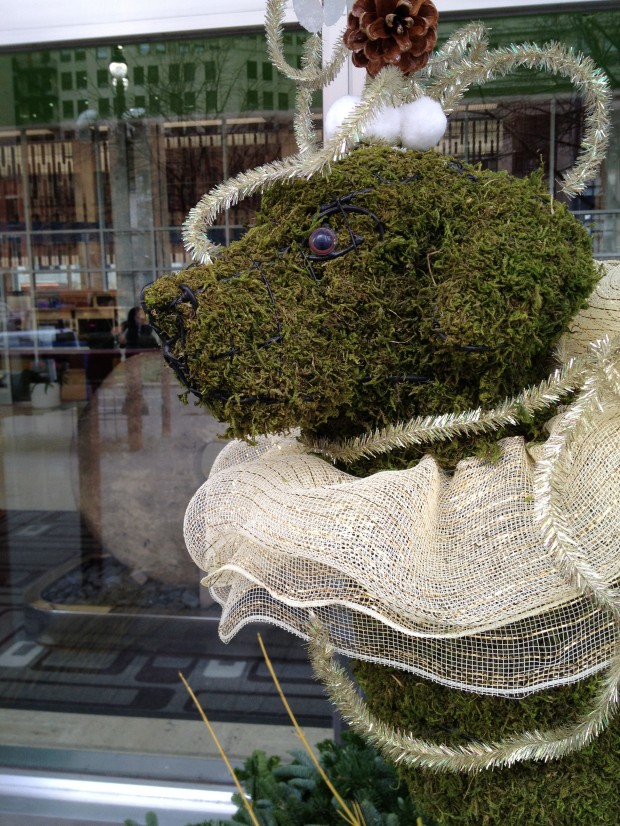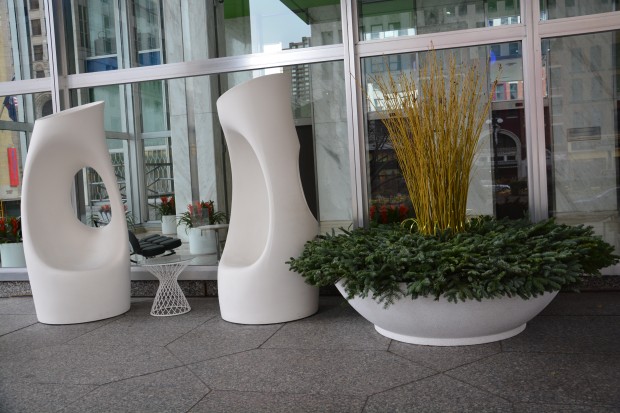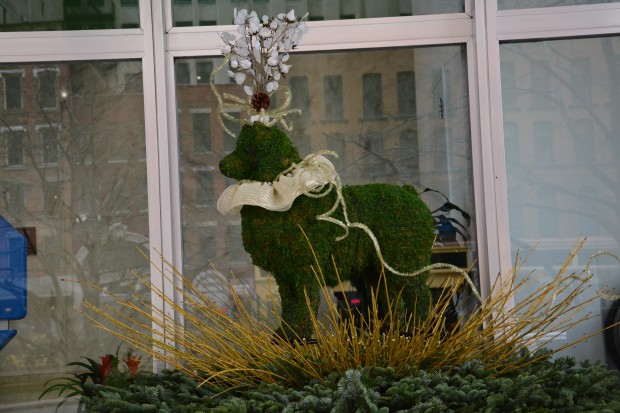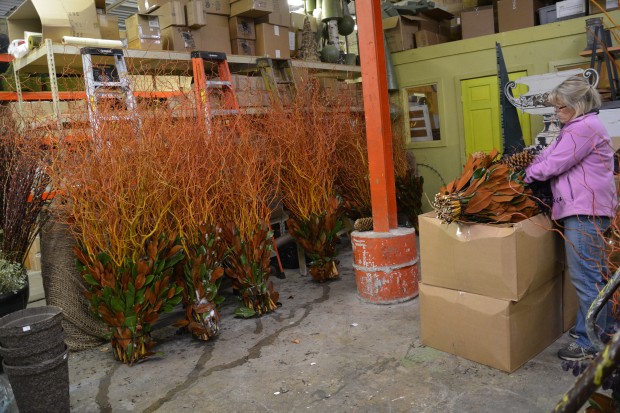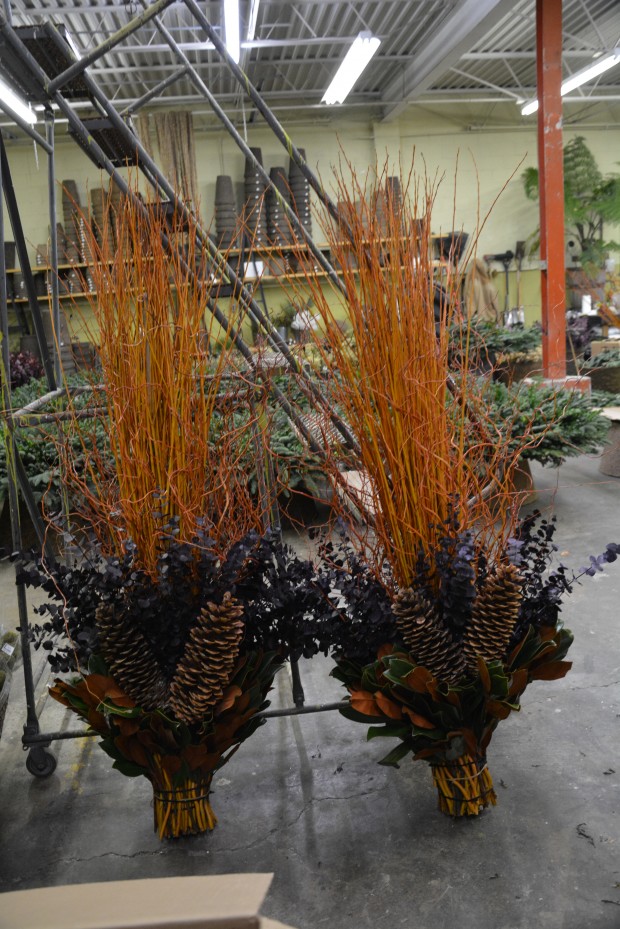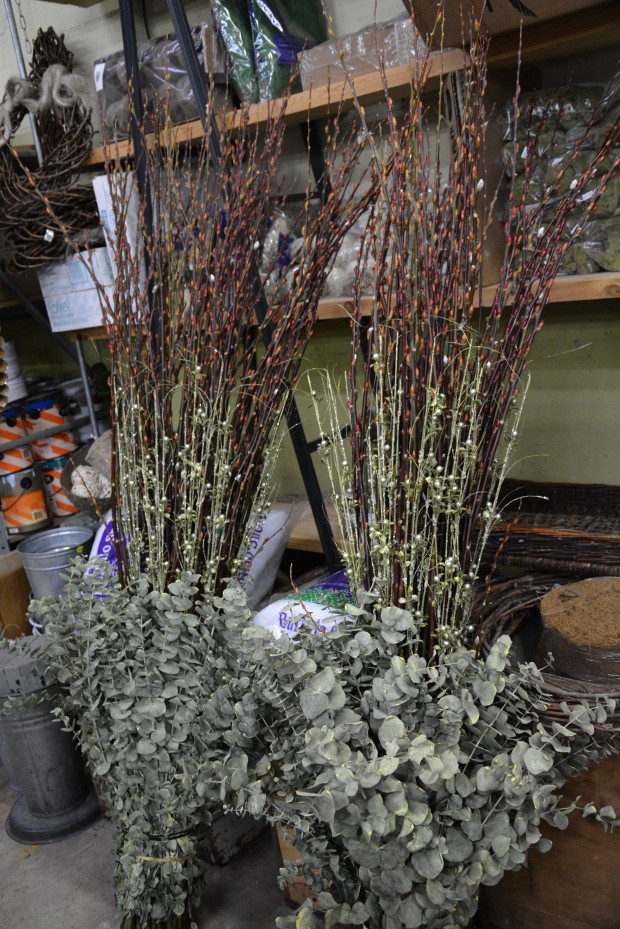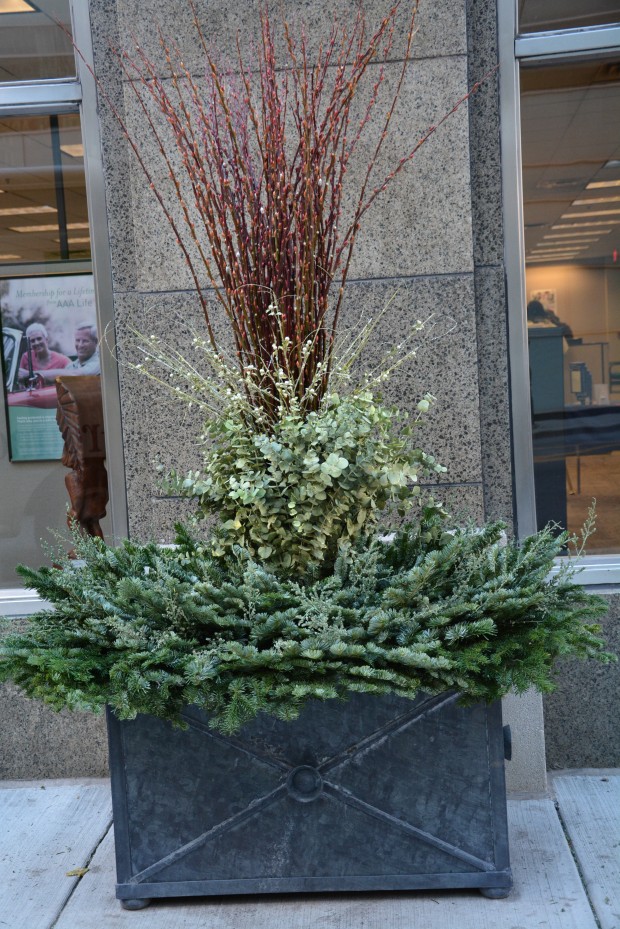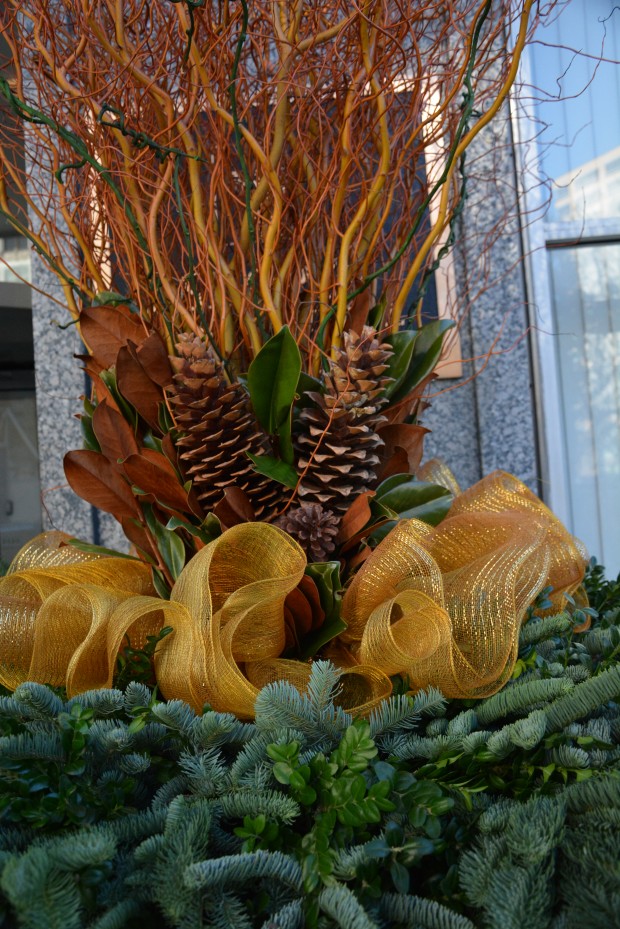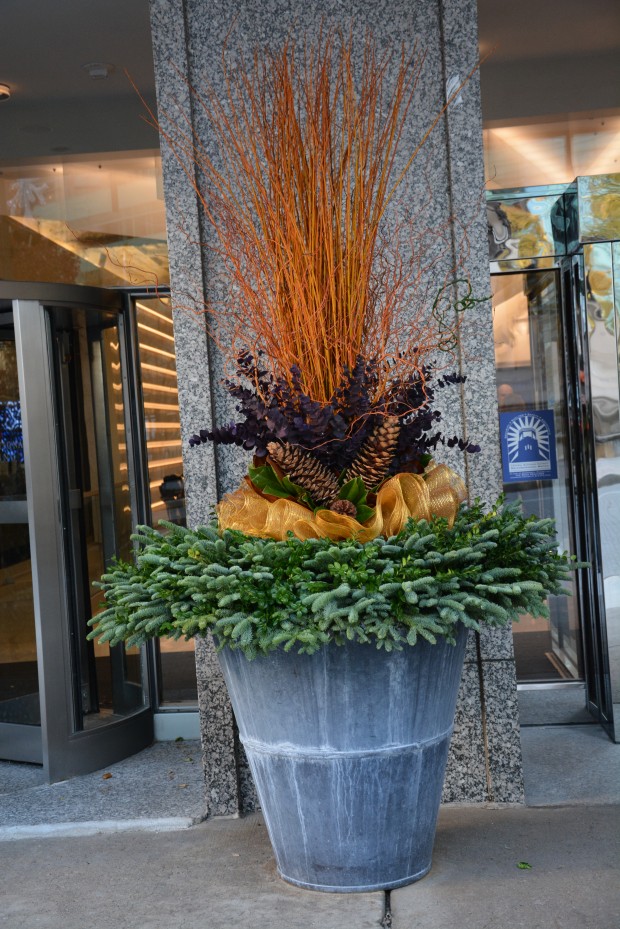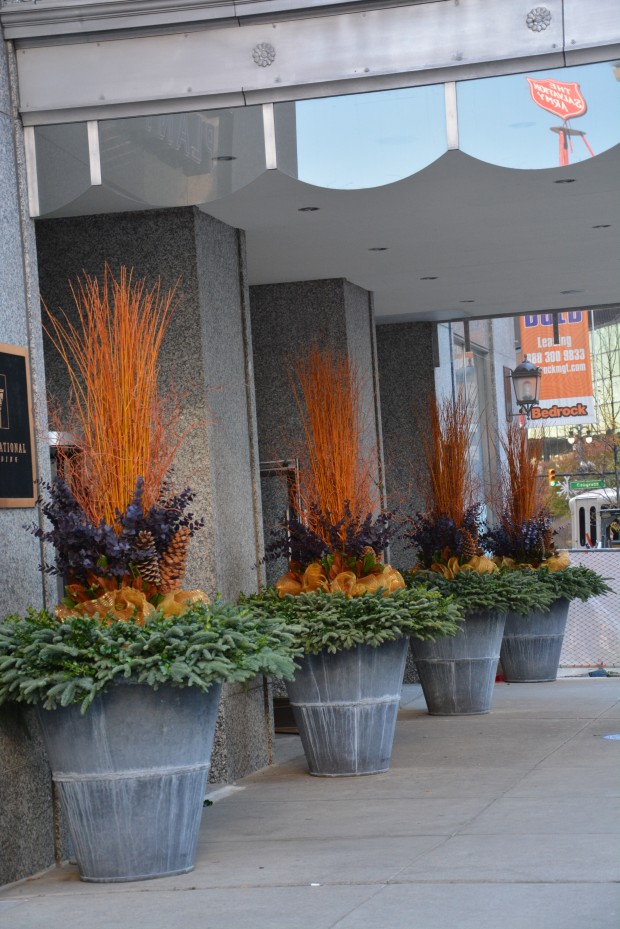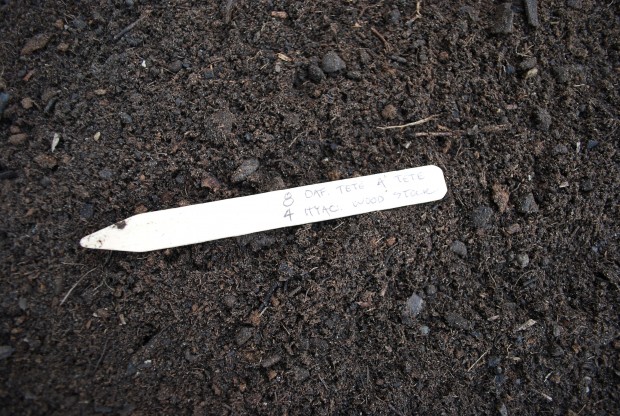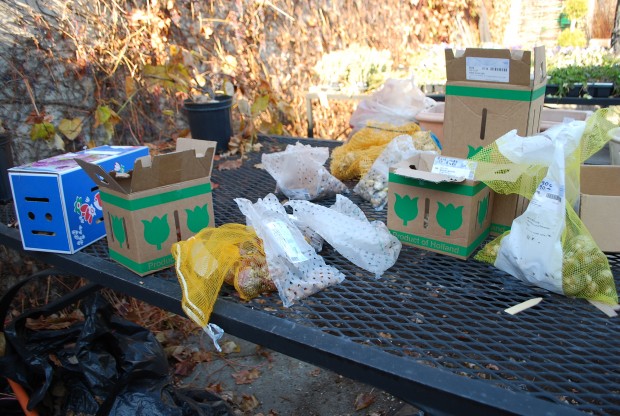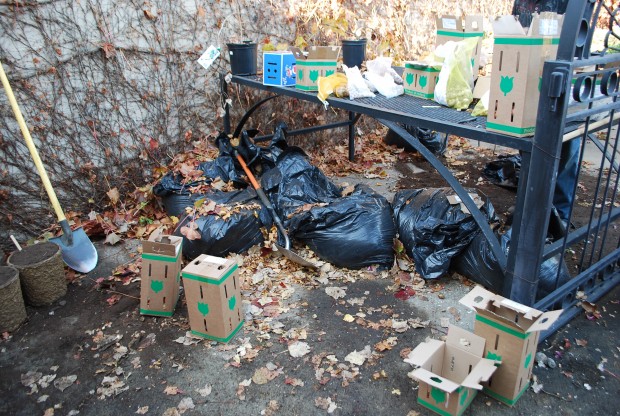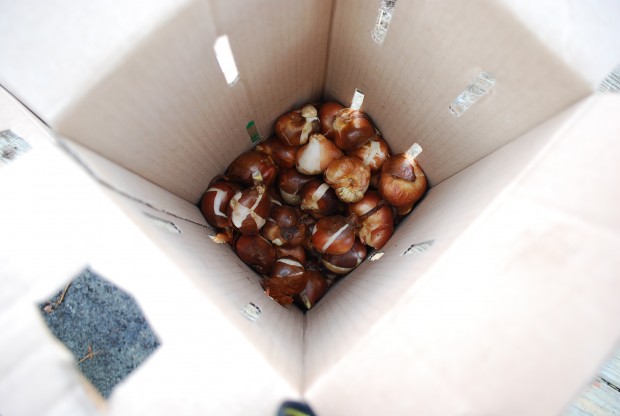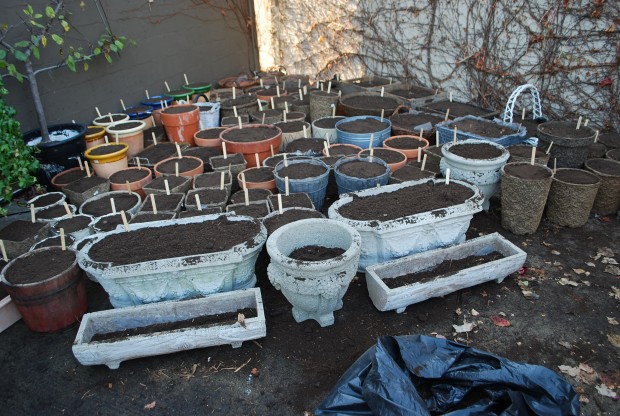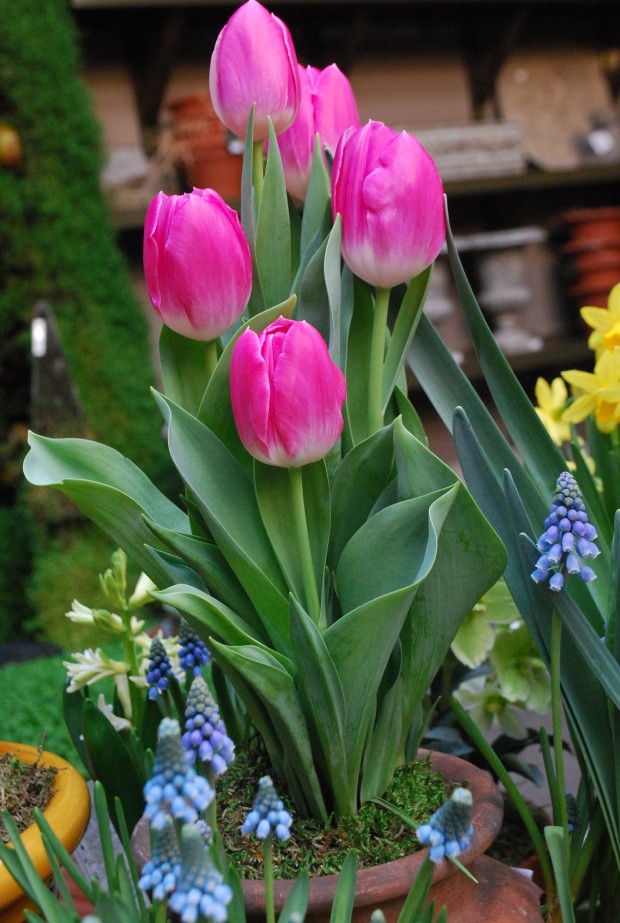Gardeners routinely mix plants and design elements up in the landscape. They favor this soil mix over that one. They mix all kinds of fertilizer from manure tea to fish emulsion. Hybrid plants suggest a mix of that gene pool with another. A mixer suggests a party attended by people from very different points of view. This guarantees that a mixer will be lively and entertaining. Mixed reviews on a film suggests there are ups and downs-will you take a chance, and go watch it for yourself? A mix can suggest a special brew, an individual take on a theme. A mix of perennials in a garden can help keep that garden interesting throughout the season.
A mix of evergreen trees on the lot line is less formal, more natural, than a mass planting of a single species. A mix of bird seed will attract more than one species of bird to your feeder. The process of mixing up a scheme is a creative process. Mixing colors results in a visual display that has depth. Mixing a plant with big texture with another plant of a smaller texture can be striking. Adding another or an unexpected element to the mix-glorious.
Oil and water do not mix without enormous effort. A color mix from opposing sides of the color wheel can catch the eye. Side by side color mixes are harmonious. Certain mixes are bound to produce conflict. Thus the art of a seating arrangement at a dinner party or wedding. It is astonishing to think that every color imaginable comes from a mix of the three primary colors. Primary colors mixed together may make for mud. Colors mixed together in other proportions can produce colors of astonishing beauty.
Mix a violin with a voice-revel in the result. Mix a black eyed Susan with a liatris-glaring this. Mix a Sum and Substance hosta with Russian sage-this is horticultural discord for all to see. Creating a successful mix of anything is an art. By this I mean that no college offers courses in how to mix one material with another. Were I to follow a recipe for a cake to the letter, it still might look and taste bad.
For certain clients, we elect to fill their pots with mixed greens. The airy and contrasting textures seem appropriate, for whatever reason. A mix of evergreen boughs can produce lots of volume But just like imagining a mix of greens in the landscape, mixing greens in a winter container takes great skill. The mix involves cuttings from evergreen shrubs that have very different growth habits. How to make those cuttings work together to form a strong and cohesive statement-beyond me. My landscape crews have a hand. What do I mean by this? They have so many years behind them-planting. They have a feel for the natural shape of a bough, and they know how to work with it. Even more amazing is their ability to make evergreens of all types work together in a container arrangement.
No natural evergreen in the landscape has a mix of different types of branches, unless it is a grafted form from the Jean Iseli Nursery. Each evergreen has an identity all its own. Mixing the cut branches to harmonious effect, and a beautiful overall shape, is not so easy.
 Most cut evergreens have a signature swoop. White pine and incense have very flexible stems. This means they can be flattened by a snow storm. We either support the weak stemmed evergreens with a neighbor that has a stiff and stout habit, or we stick the branch so they curve up. Gravity will have its say soon enough. Fresh branches have plenty of spring, but as they dry, they will droop. If you are a fan of weeping branches, then perhaps this is the route to take.
Most cut evergreens have a signature swoop. White pine and incense have very flexible stems. This means they can be flattened by a snow storm. We either support the weak stemmed evergreens with a neighbor that has a stiff and stout habit, or we stick the branch so they curve up. Gravity will have its say soon enough. Fresh branches have plenty of spring, but as they dry, they will droop. If you are a fan of weeping branches, then perhaps this is the route to take.
 If your idea of celebratory is more along the lines of upswept, then stick arrange your branches so they all appear to curve up towards the sky. Before I hang a mixed evergreen garland, I cut in in half, and rotate one side, and reattach it. I hang the garland so the branches face up. As the branches succumb to gravity, the garland looks full. Garlands hung with the branches down look skimpy . Garlands hung with the branches facing up on one side, and facing down on the other will always look lopsided.
If your idea of celebratory is more along the lines of upswept, then stick arrange your branches so they all appear to curve up towards the sky. Before I hang a mixed evergreen garland, I cut in in half, and rotate one side, and reattach it. I hang the garland so the branches face up. As the branches succumb to gravity, the garland looks full. Garlands hung with the branches down look skimpy . Garlands hung with the branches facing up on one side, and facing down on the other will always look lopsided.
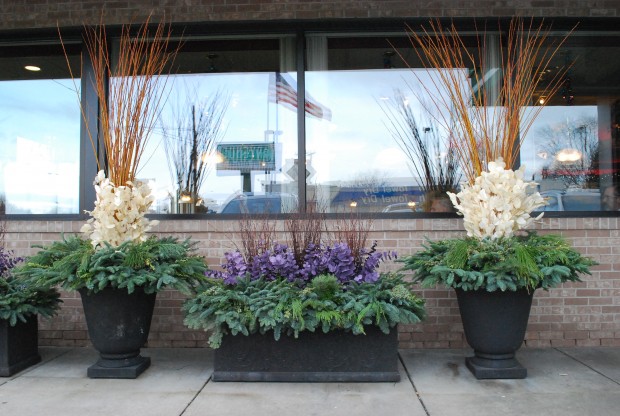 Sticking greens both up and down can be a lively choice. These pots are in a very protected location, meaning they will be shielded from bad winter weather. It takes a good eye and a better hand to spot how much liveliness is just enough, and not visually confusing and chaotic. But do not be discouraged in any way. It takes lots of practice to get good at anything. I have no idea how many winter and holiday arrangements we have done in the past 20 years, but a lot is a reasonable number.
Sticking greens both up and down can be a lively choice. These pots are in a very protected location, meaning they will be shielded from bad winter weather. It takes a good eye and a better hand to spot how much liveliness is just enough, and not visually confusing and chaotic. But do not be discouraged in any way. It takes lots of practice to get good at anything. I have no idea how many winter and holiday arrangements we have done in the past 20 years, but a lot is a reasonable number.
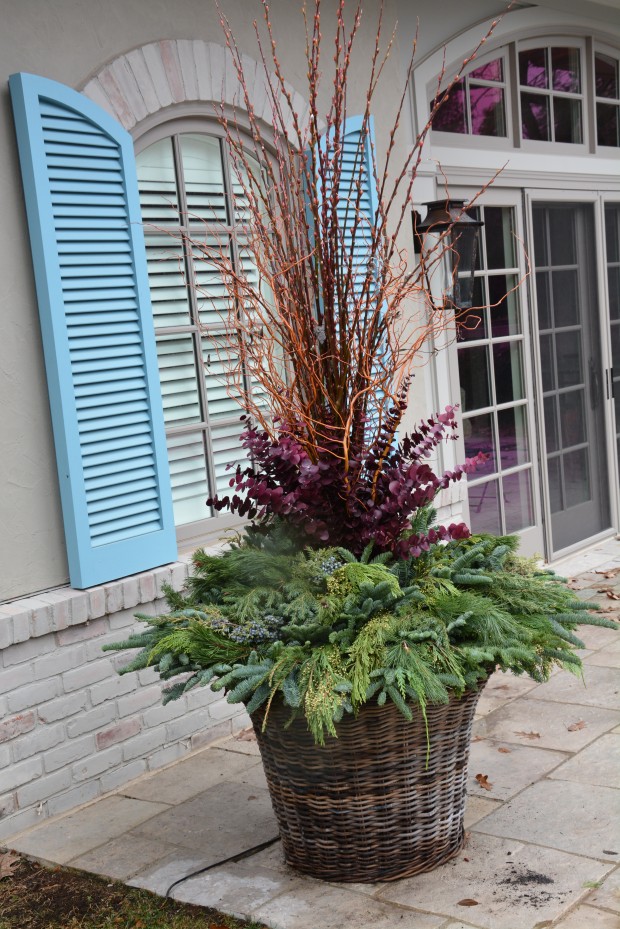 There’s plenty of satisfaction to be had from learning how to do.
There’s plenty of satisfaction to be had from learning how to do.

